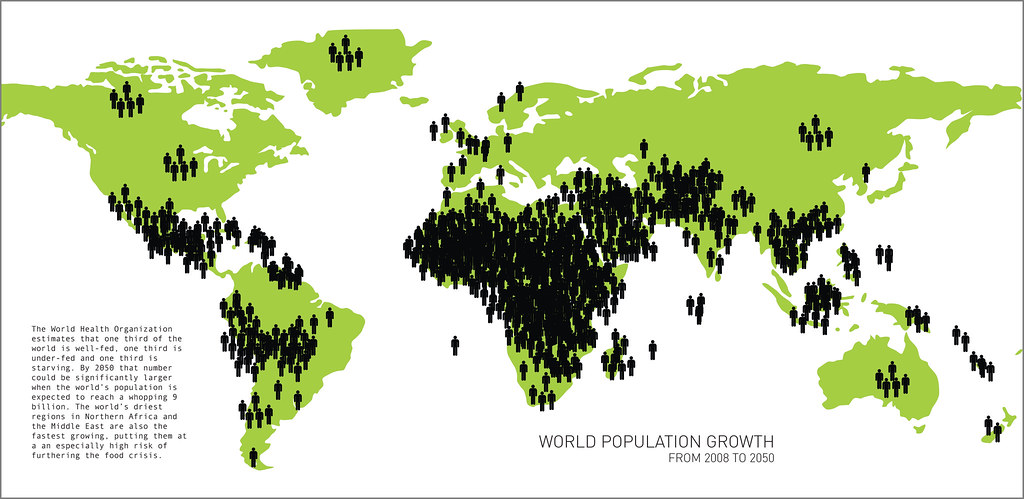The intricate tapestry of global faith and belief systems is complex and multifaceted, particularly as we approach the year 2025. Understanding the predicted distribution of religions worldwide necessitates an exploration of demographics, cultural influences, and the enduring impact of religion on societies. This analysis reveals a landscape where Christianity remains a significant religious force while other faiths proliferate and adapt to modern contexts.
By 2025, the world’s population is expected to exceed 8 billion, with an estimated 2.3 billion individuals identifying as Christians. This figure represents a steady continuity of one-third of the global populace adhering to Christianity, a testament to its historical roots, cultural entrenchment, and contemporary relevance. Within the Christian community, a spectrum of denominations exists, encompassing Roman Catholicism, Protestantism, Orthodox Christianity, and an array of independent churches. Each denomination holds unique beliefs and practices, contributing to the diverse Christian identity worldwide.
One of the most notable trends in Christianity is the rapid growth of evangelical movements in regions such as Africa and Asia. The proliferation of Pentecostalism and other charismatic expressions of faith highlights a movement adept at engaging contemporary culture while remaining anchored in traditional Christian doctrine. Furthermore, the integration of technology into worship practices—livestreaming services, digital evangelism via social media platforms, and online theological education—has revolutionized the way faith is experienced and disseminated, especially among younger generations.
In juxtaposition to Christianity’s stability, Islam is projected to experience remarkable growth. By 2025, Muslims are expected to constitute approximately 25% of the global population, driven by high birth rates in Muslim-majority countries and increasing conversions. The rise of Islam as a global faith is not merely a statistical phenomenon but a reflection of cultural dynamics. Through an understanding of Islamic tenets, solidarity, and community orientation, Muslim populations are increasingly influencing socio-political contexts across diverse nations.
Moreover, the demographic shifts in religious adherence reveal that other belief systems, such as Hinduism and Buddhism, also continue to flourish. Hinduism, predominantly practiced in India and Nepal, is expected to remain static in its numbers, representing about 15% of the global population. The essential aspects of Hindu belief—such as karma, dharma, and the pursuit of moksha—remain attractive to millions, influenced by the spread of yoga and meditation practices into Western cultures.
Buddhism, characterized by its profound philosophical teachings and emphasis on mindfulness, is also gaining traction outside its traditional realms in Asia. The increasing interest among Western populations in Buddhist practices presents an evolving dialogue between Eastern and Western spiritual understandings, reflecting globalization’s influence on faith practices.
In the context of these transformations, religious pluralism is becoming increasingly palpable. Christianity must contend with an array of burgeoning faith expressions and alternative spiritualities. The rise of new religious movements, alongside secular and non-religious viewpoints, challenges traditional paradigms. A growing segment of the population identifies as “nondenominational” or “spiritual but not religious,” reflecting a shift toward personalized spirituality. This burgeoning secularism prompts Christians to reassess their evangelistic approaches, ensuring they resonate with contemporary values and societal dynamics.
Encouragingly, interfaith dialogue is becoming more prevalent as myriad faith communities strive to coexist in an increasingly interconnected world. This dialogue is crucial in fostering understanding, tolerance, and cooperation among diverse religious traditions. By promoting mutual respect and addressing shared moral concerns, such as poverty, climate change, and social justice, faith communities can collectively contribute to the common good and enhance societal cohesion.
Amidst these trends, challenges persist. The rise of nationalism and religious extremism presents potential obstacles to interfaith collaboration. Moreover, issues of religious persecution remain alarmingly relevant in various parts of the world. Christians, along with adherents of other faiths, may face oppression in regions where their beliefs are marginalized. Responding to such adversity necessitates a robust theological commitment to justice, mercy, and the defense of religious freedom.
As we approach 2025, one must also observe the evolving roles of women within religious communities. Increasingly, women are claiming leadership positions, challenging traditional norms, and advocating for inclusive practices within Christianity and other religions. This elevation of women’s voices is essential in shaping contemporary religious landscapes and addressing historical inequities.
The projected religious landscape of 2025, viewed through a Christian perspective, encapsulates both continuity and change. While Christianity retains its significant role on the global stage, it finds itself amidst a diverse array of beliefs, ideologies, and practices. Engaging with this complexity requires a commitment to understanding, compassion, and active participation in the world’s ongoing spiritual narrative. Ultimately, how Christianity navigates this terrain will shape its future influence, relevance, and legacy in an ever-evolving global context.
In conclusion, the tapestry of global faith in 2025 will be richly woven from the threads of Christian, Islamic, Hindu, Buddhist, and other belief systems. This intricate interplay of religions presents an opportunity for dialogue, growth, and shared humanity. As adherents of various faiths engage with one another, the potential for cultivating a peaceful, understanding world becomes increasingly attainable.



